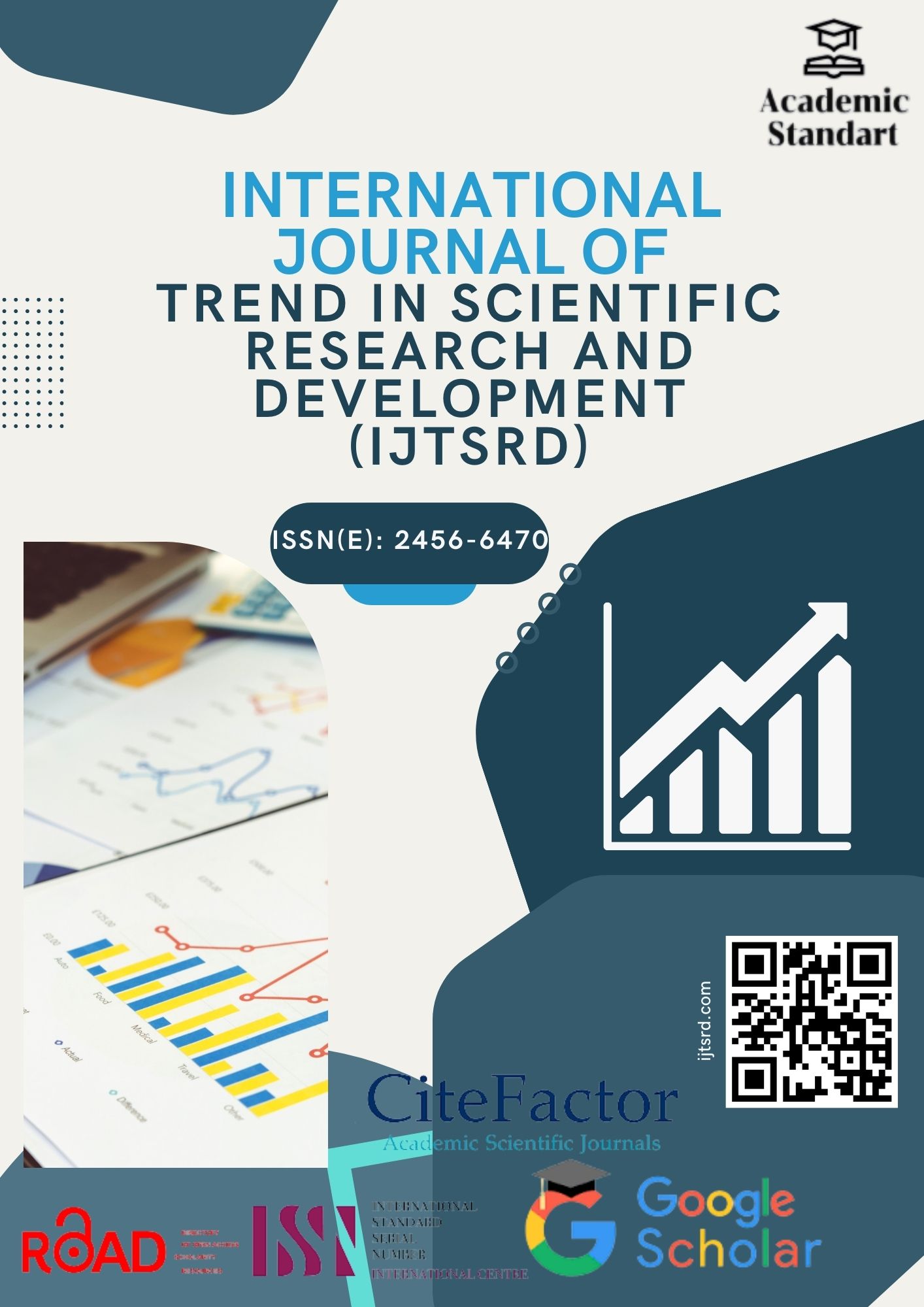Hirsch Index
The Hirsch Index (h-index, Hirsch criteria) is a scientific indicator proposed in 2005 by the American physicist Jorge Hirsch (San Diego, California) as an alternative to the classic "index criterion". The criterion is based on the number of publications of the researcher and the publication of these publications.
If the scientist's article N is published at least h, the remaining (N - h) articles will be shown at least each time.
For example, if the h-index is 10, it means that each of them has published 10 or more articles or at least 10 articles. However, the number of cases shown may vary. Similarly, h-index can be used for scientific journals, organizations or countries.
Abstract Scopus and Web of Science. as provided in databases,
Hirsch indexes the quantitative indicator of productivity of the scientist throughout his scientific career. The H-index can be calculated on the Internet using free public databases - for example, using Google Scholar. The value of the h-index on Scopus is generally lower than that of WoS since 1995.
Like any official indicator, the h-index has its advantages and disadvantages. Among the advantages of the index is that it is equally low for the author of a popular article, that is, not more than once for the authors of several articles. Hirsch Index allows you to sort. "Random Partners" is only high on those who have enough literature, and all (or, most) of them are in high demand, which is often quoted by other researchers.
According to Hirsch, a successful physics scientist should have at least 10-12 h-index. In 2008, H. Hirsch's h-index was 49 according to WoS. According to Scopus, as of 09.01.2011, this database contains 21 articles and contains 208 Hirsch articles in the database, 6,615 times in 4515 articles (most 904 of them). times).
The H-index is often criticized because it sometimes misunderstands the researcher's importance. In particular, the short-term career of a scientist will discredit his work. The value of the indicator depends largely on the field of science and the age of the researcher. In biology and medicine, the h-index is much higher than physics or chemistry.




